Stang-Burrows-Sessler Lectureship 2024
January 30, 2024 & February 1, 2024
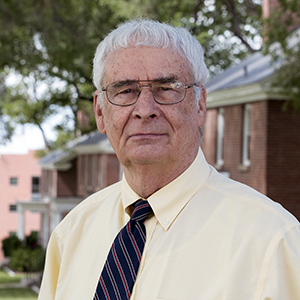 |
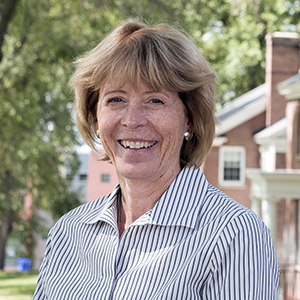 |
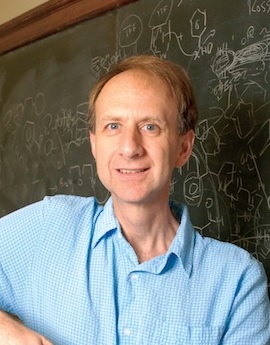 |
||||
| Peter Stang | Cynthia Burrows | Jonathan Sessler |
The Stang-Burrows-Sessler Lectureship was established by Jonathan L. Sessler, PhD, Roland J. Pettit Centennial Chair in Chemistry at the University of Texas, Austin. Prof. Sessler created the new lectureship to recognize his long-time friends and colleagues Distinguished Professors Peter Stang and Cynthia Burrows, two remarkable researchers in the Chemistry Department.
The lecture provides a significant new educational and research opportunity for the Department’s students, engaging them with pioneering science from around the United States and the world. The Stang-Burrows-Sessler Lectureship will host leading voices in non-traditional areas of organic chemistry for many years to come.
This year we had the honor of hosting Jack Szostak and Yamuna Krishnan, both from University of Chicago. Hundreds of students and faculty gathered in our seminar room to hear these distinguished chemists lectures.
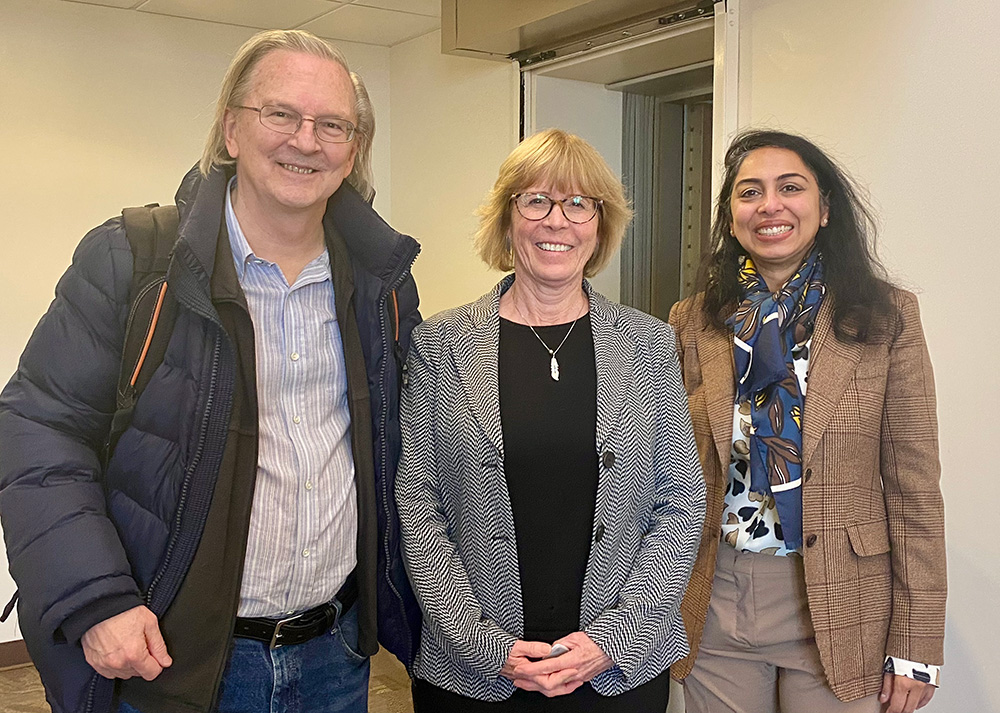
The Stang - Burrows - Sessler Lecture Speaker
Jack Szostak, University of Chicago
Thatcher Building for Biological and Biophysical Chemistry, Room: 4630 Tuesday, January 30, 2024, 10:45am - 12pm
 |
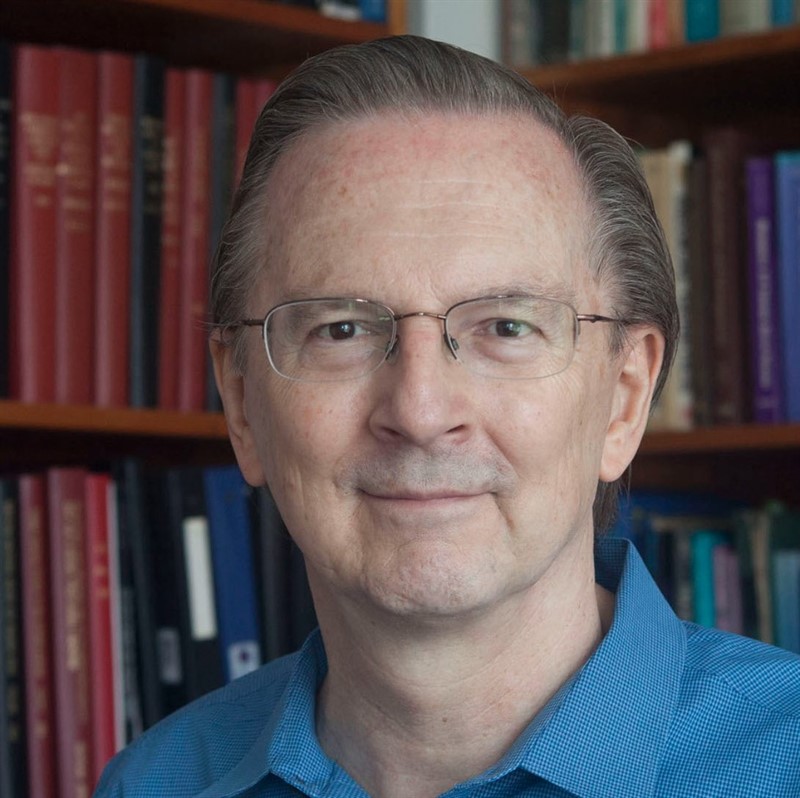 |
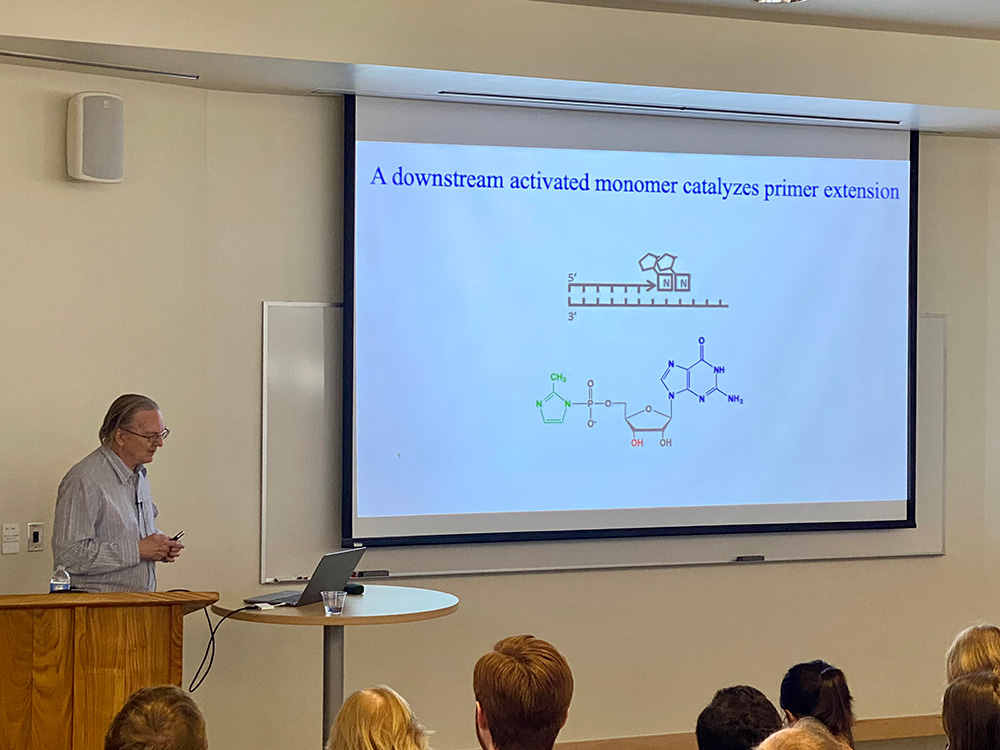 |
Copying RNA without Enzymes: Insights from Structural Studies
Abstract: The RNA genomes of the first cells are thought to have emerged from the nonenzymatic replication of short RNA strands. We have recently found that the template-directed reaction of a primer with activated nucleotide substrates proceeds through an unexpected covalent intermediate. Our kinetic and crystallographic studies have provided insight into the mechanism of this key reaction, and to improvements in RNA copying chemistry that are both more prebiotically plausible and more accurate, efficient, and general.
The Stang - Burrows - Sessler Lecture Speaker
Yamuna Krishnan, University of Chicago
Thatcher Building for Biological and Biophysical Chemistry, Room: 4630 Thursday, February 1, 2024, 10:45am - 12pm
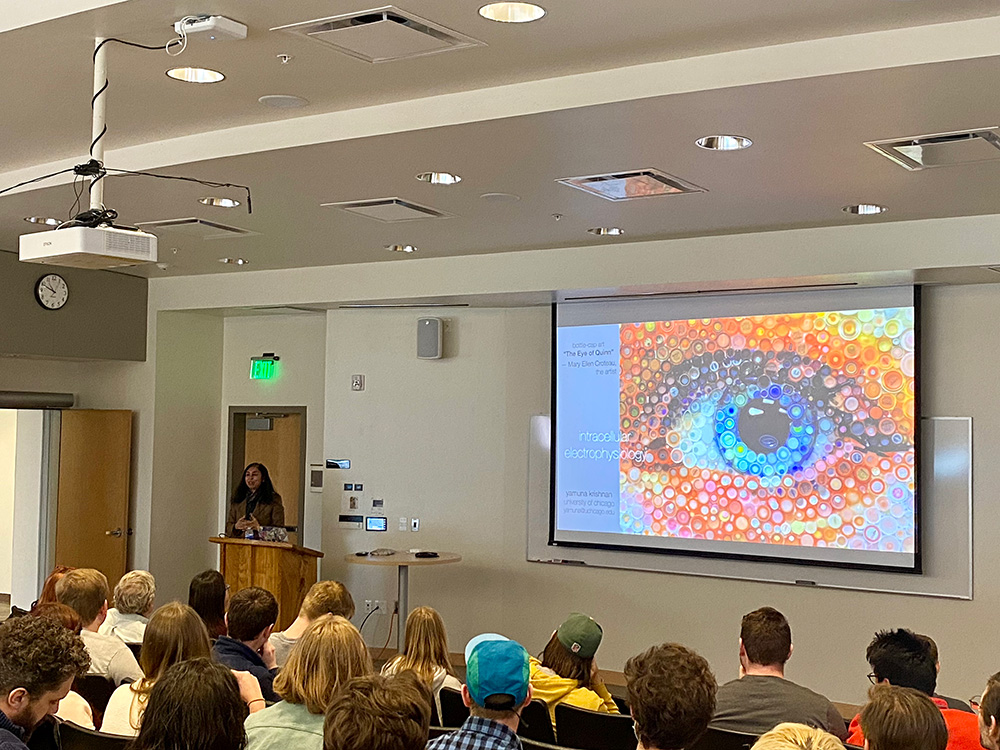 |
 |
Intracellular Electrophysiology
Abstract: I have been interested in exploring how the ionic milieu within an organelle facilitates its lumenal biochemistry and thereby, organelle function. To map these lumenal chemistries, we developed a DNA-based, fluorescent reporter technology to quantitatively map ions such as H+, Cl- and Ca2+ within organelles. We can now interrogate organelles of cells in culture, in live organisms and in human patient cells. Our most recent reporter for absolute membrane potential ended a previous misconception by showing that many organelles do in fact, have membrane potential. Today I will discuss two new reporters for organellar Na+ and K+-- the final pieces needed to build an electrochemical model for organelle membranes. To accomplish this for organelles we will need input from physicists, cell biologists and electrophysiologists
Previous Stang-Burrows-Sessler Lectures:
Nobel Laureate Ben L. Feringa, University of Groningen - Frontiers of Science - The Art of Building Small - September 6, 2022
Thomas Carell, University of Munich - DNA Bases beyond Watson and Crick - April 26, 2018
Makoto Fujita, University of Tokyo - Coordination Self-Assembly: From the Origins to the Latest Advances - March 15, 2018
Josef Michl, UCB - Arrays of Molecular Rotors - September 27, 2016
Jonathan Sessler, University of Texas at Austin - Expanded Porphyrins: A Personal Journey - April 1, 2016
